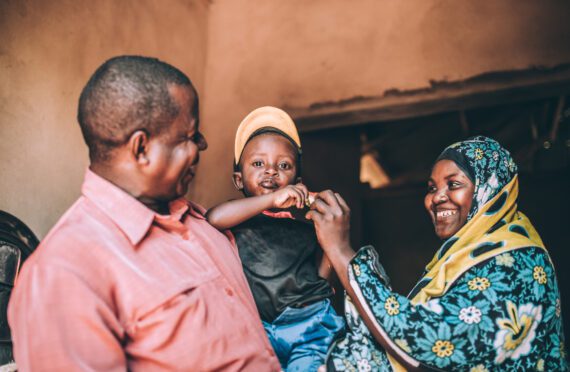In 2017, famine and near-famine conditions were reported in four countries: South Sudan, Yemen, Somalia, and parts of northeastern Nigeria. About 20 million people in these countries were at risk of starvation. A further 10 million people could join them in 2018. Famine as a technical term means that specific criteria have been met. One of these is that at least 30 percent of young children are acutely malnourished. Famine conditions were present in parts of Unity State, South Sudan, from February through June 2017. In February 2018, the UN Food and Agriculture Organization (FAO) warned that famine was once again imminent in South Sudan. But even before a famine is declared, conditions are deadly. The only other famine this century, in Somalia, was declared in July 2011—but half of the 260,000 deaths took place before then.
The crisis in South Sudan is due to conflict. War has destroyed crops, health centers, and other necessities of life; trapped people in areas with no food; and caused the near-collapse of the economy. Women and children are most vulnerable to the effects of food insecurity, malnutrition, and conflict. Children who survive malnutrition before age 2 face irreversible lifelong damage to their health and their physical and cognitive development. Even short bouts of hunger and malnutrition carry long-term consequences. The latest estimates are that more than 1 million children younger than 5 are acutely malnourished, including more than 273,600 suffering from severe acute malnutrition (SAM), which is fatal if not treated. More than 4 million people—approximately one-third of the entire population—have fled their homes. The conflict has affected nearly everyone and exacerbated deep economic and social problems in a country whose human development indicators (e.g., life expectancy) were already among the weakest in the world. Resolving the crisis in South Sudan requires saving as many lives as possible, ending the senseless conflict that has led to famine, and shifting the orientation of the global humanitarian and development community from “delivering aid” to “ending need.”



